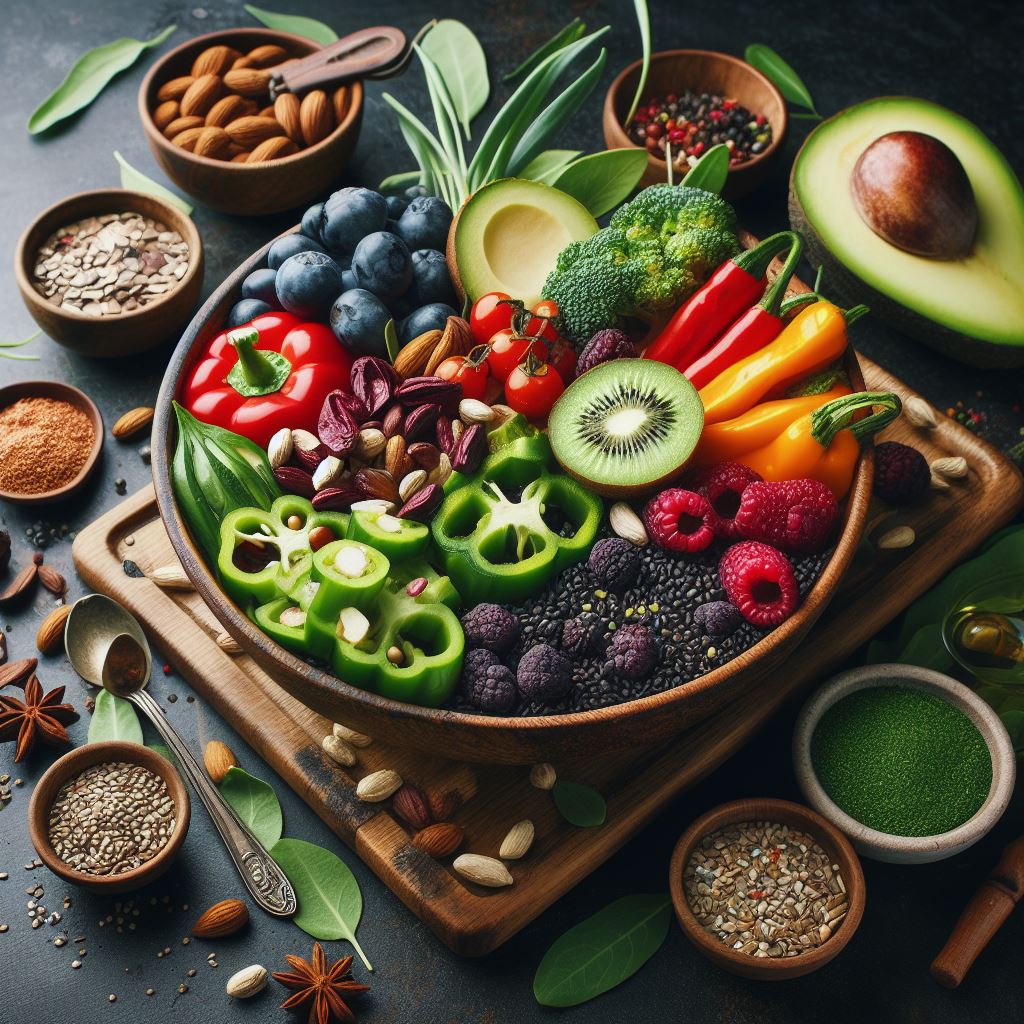Buší: A Traditional Congolese Culinary Delight

In the heart of the Democratic Republic of Congo lies a culinary treasure known as Buší. This traditional dish, steeped in history and culture, is more than just a meal—it’s a representation of Congolese heritage and the vibrant flavors of Central Africa. Let’s delve into the essence of Buší, uncovering its ingredients, preparation, and significance within Congolese society.
Buší is a beloved dish that embodies the artistry and diversity of Congolese gastronomy. It is a flavorful stew prepared with a base of cassava leaves, also referred to as “saka-saka” in some regions. Cassava leaves, with their distinct taste and nutritional value, form the backbone of this dish, offering a unique depth of flavor and a delightful aroma.
The process of making Buší is an intricate dance of flavors. The cassava leaves are meticulously washed, pounded, and finely chopped to form a rich paste. This paste serves as the foundation of the stew, giving it a thick consistency and a lush green color. The preparation may vary across different regions and households, incorporating diverse ingredients like palm oil, peanuts, onions, tomatoes, and an assortment of spices to enhance the taste profile.
One of the remarkable aspects of Buší is its versatility. It can be made with various protein sources, such as fish, meat (like chicken, goat, or beef), or even without any animal products for a vegetarian rendition. The choice of protein adds its unique savor to the dish, harmonizing with the robust flavors of the cassava leaves and spices.
The communal aspect of preparing and sharing Buší is deeply ingrained in Congolese culture. Families often come together to cook this dish during special occasions, celebrations, or as a means of fostering community bonds. The act of sharing Buší signifies warmth, hospitality, and the joy of unity within Congolese households.
Beyond its delicious taste, Buší holds cultural significance, symbolizing the connection between the Congolese people and their land. It embodies a culinary tradition passed down through generations, preserving the authenticity of Congolese heritage. The dish also reflects the resourcefulness of the people, using local ingredients to create a dish that is not only tasty but also nourishing.
While traditional dishes like Buší maintain their importance in Congolese cuisine, globalization and modernization have also influenced food habits in urban areas. However, the appreciation for Buší remains steadfast among those who value the heritage and flavors deeply rooted in Congolese culture.
Conclusion
Buší stands as a testament to the richness of Congolese culinary heritage. Its blend of cassava leaves, spices, and choice of protein creates a symphony of flavors that embodies the soul of the Democratic Republic of Congo. As the world evolves, preserving and celebrating traditional dishes like Buší becomes crucial, not only for their delectable taste but also for honoring the cultural legacy they carry.
So, the next time you have the opportunity to savor Buší, relish not just the flavors but the story and traditions it encapsulates—a dish that speaks volumes about the history, community, and the heart of Congo.





